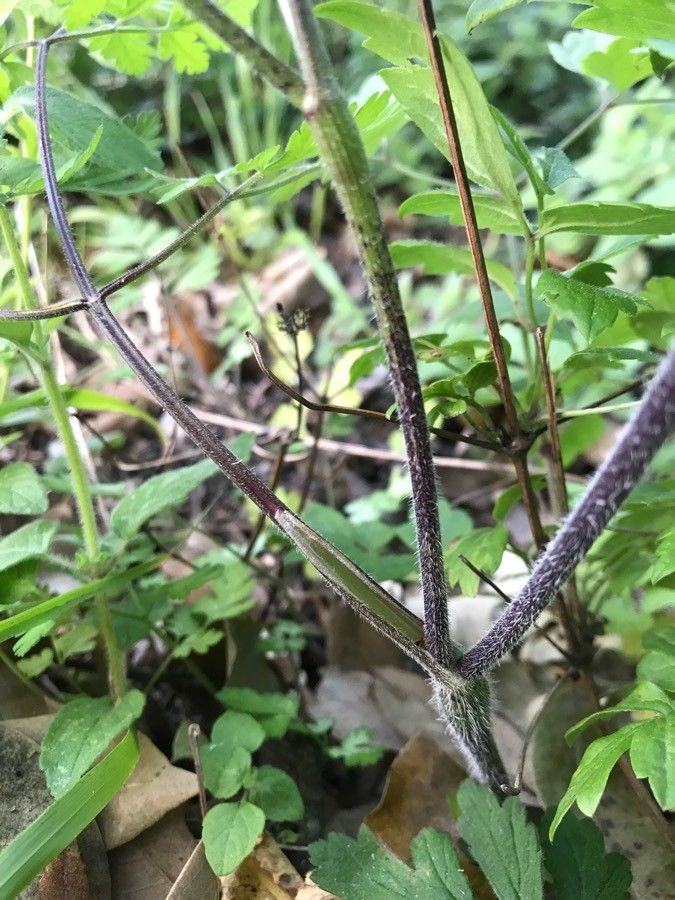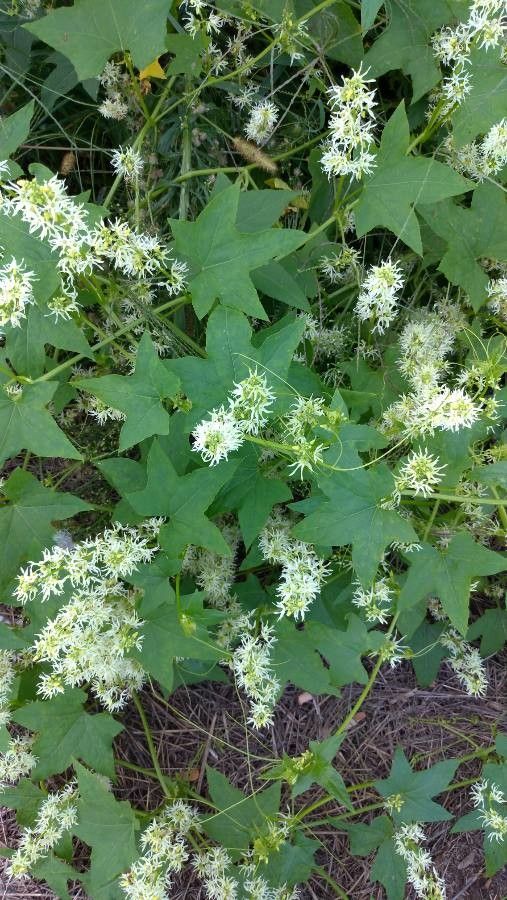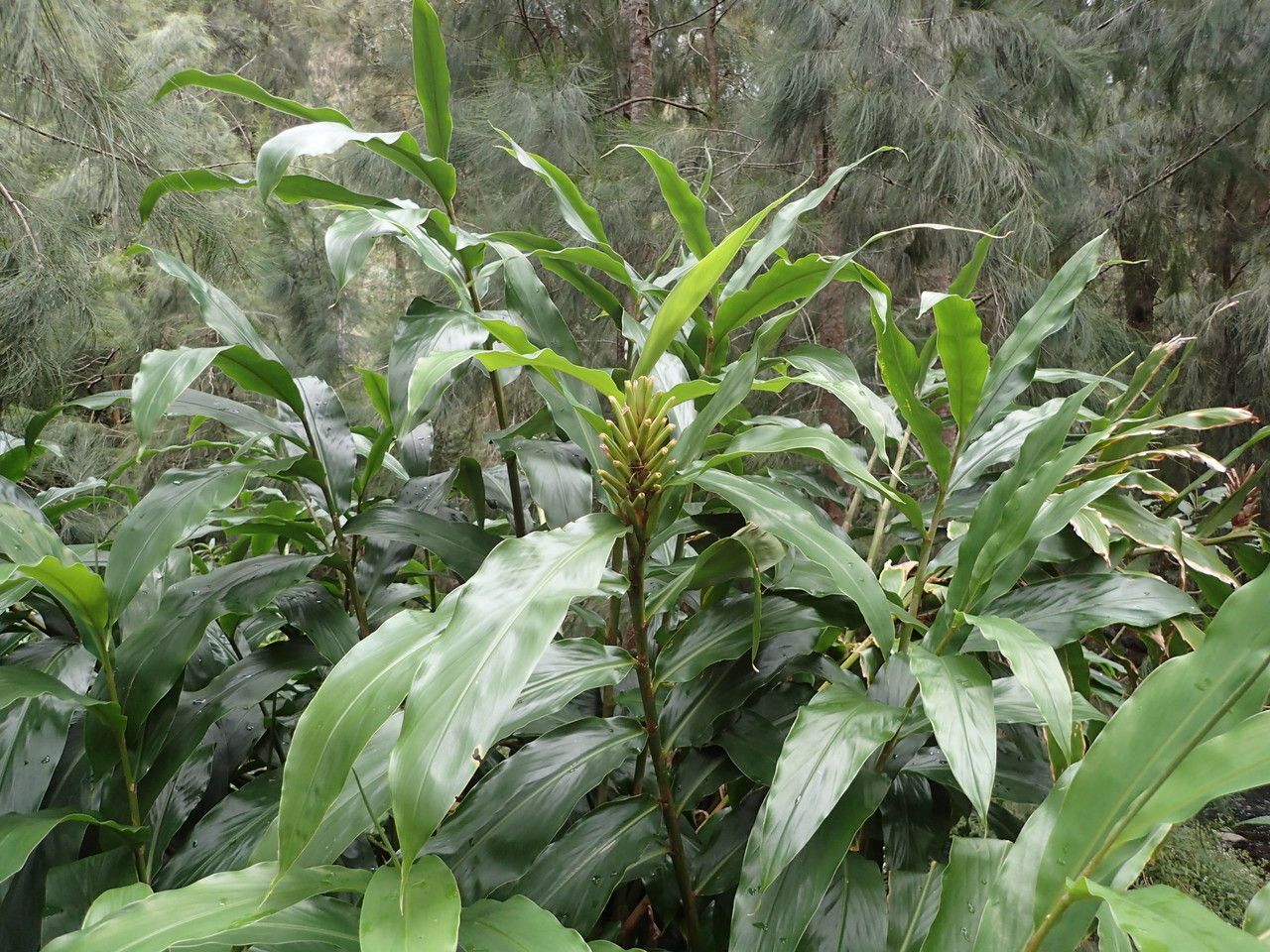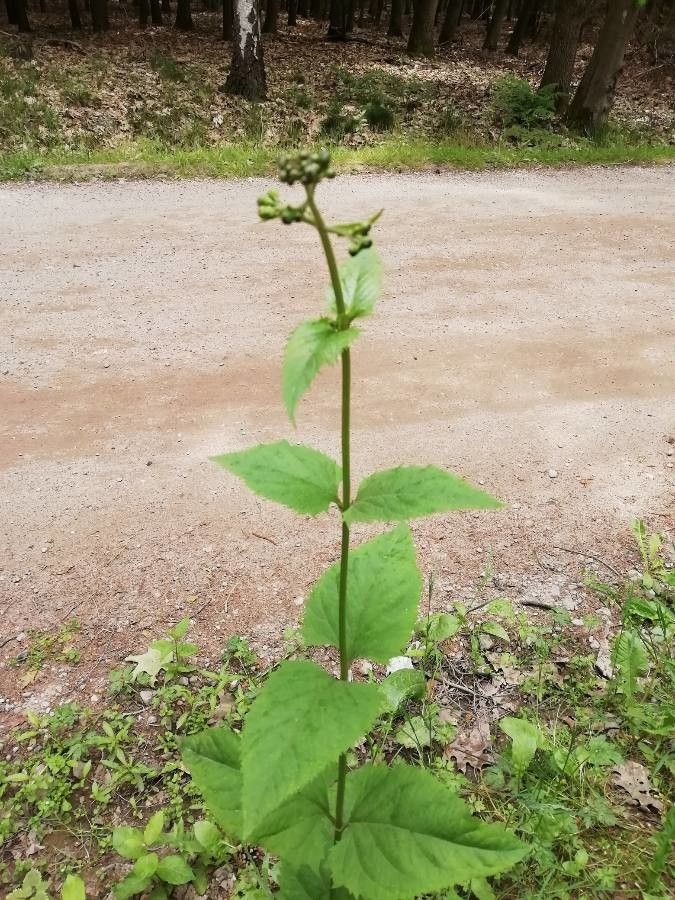### Rough Chervil: A Comprehensive Guide
Rough chervil (*Anthriscus scabra*), a member of the Apiaceae (carrot) family, is a fascinating wildflower often overlooked in its native habitats. This comprehensive guide delves into its identification, cultivation, and unique characteristics, providing valuable insights for both seasoned botanists and enthusiastic amateur gardeners.
### Identification
Identifying rough chervil accurately requires attention to detail. Its stems are distinctly rough, hence the common name. The leaves are bipinnate, meaning they are divided twice into smaller leaflets, and possess a characteristically serrated edge. Unlike some of its relatives, rough chervil doesn't have a strong, distinct aroma. Small, white flowers are arranged in umbels, typical of the Apiaceae family. These umbels are often quite delicate and airy. The plant's overall height typically ranges from 1 to 3 feet.
### Habitat and Growth
Rough chervil thrives in a range of habitats, showcasing its adaptability. It is frequently found in meadows, woodland edges, and even along roadsides, demonstrating a preference for slightly disturbed areas. It's common in parts of Europe and Asia. While it can tolerate some shade, it generally performs best in locations that receive partial sun, allowing for a balanced sunlight exposure. The plant prefers well-drained soil that is rich in organic matter. Avoid poorly drained areas, as this can lead to root rot.
### Cultivation and Care
Cultivating rough chervil in a garden setting is relatively straightforward. Begin by selecting a location with well-drained soil and either full sun or partial shade. Prepare the soil by incorporating compost or other organic matter to improve drainage and fertility. Sow seeds directly outdoors in spring or autumn. Seeds germinate readily and require minimal care once established. While it tolerates moderate drought, consistent watering, especially during dry spells, promotes vigorous growth. Deadheading spent flowers encourages continued blooming. Propagation is easily achieved by seed, and self-seeding often occurs in ideal conditions. Note that while not considered invasive in most environments, careful observation and potential control measures may be needed if the plant's spread exceeds desired limits.
### Potential Uses
Historically, rough chervil has been used in some regions for traditional medicinal purposes. However, it's crucial to consult with qualified medical professionals before using it for any medicinal applications. It's not typically used culinarily compared to other members of its family due to its less pronounced flavor.
### Conclusion
Rough chervil is a charming and hardy wildflower that adds character to gardens and natural landscapes alike. Its ease of cultivation and interesting botanical attributes make it a rewarding plant for both novice and experienced gardeners. By understanding its needs and characteristics, you can successfully cultivate and appreciate this often-overlooked species.
Rough Chervil: Identification, Care & Growing Guide

Frequently Asked Questions
How do I identify rough chervil?
Look for a plant with rough stems, bipinnate leaves with serrated edges, and small white flowers in umbels. It lacks a strong aroma, unlike some other members of the Apiaceae family.
What are the best growing conditions for rough chervil?
Rough chervil thrives in well-drained soil rich in organic matter. It prefers partial sun but can tolerate some shade. Consistent watering, especially during dry periods, promotes vigorous growth.


